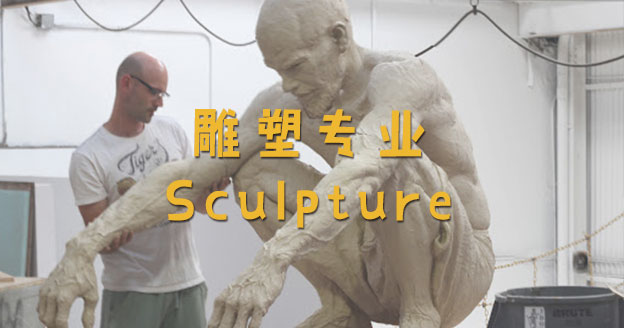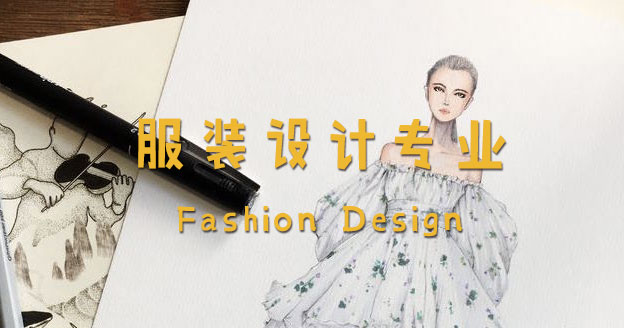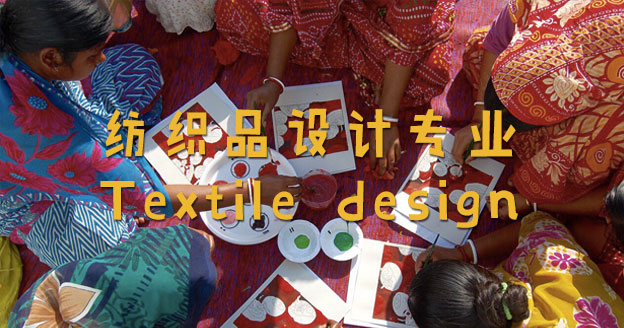[introduction] Jewelry is not a necessity in life, but it plays an extremely important role in every country’ culture and fashion. If you’re patient and good with your hands, and you want to apply your skills and creativity in a jewelry making or jewelry design career, then this major is for you. In the jewelry design major, you will learn all the basic skills required for success in a career of making high-end jewelry. Students will learn skills such as measuring, sawing, filing, soldering, finishing, etc., to provide students with in-depth knowledge, enhanced gem identification skills, and other skills for work in the field. Good eyesight (or acceptable corrected vision), a high degree of manual flexibility and fine motor control, manual dexterity, drawing skills, patience, initiative and artistic sense are the potential qualities required for success in this field.
(中国大陆地区用户请点击此处观看)
Introduction to the Canadian Jewelry Design major
Students will learn in design, production, and retail environments to acquire the skills required for jewelry design, jewelry production, and jewelry maintenance. From the most basic soldering, chain making, manufacturing, decorative metal techniques and finishing, wax casting, stone inlay and repair techniques, to the production 2D drawings and 3D models of complex jewelry forms (CAD skills). Students also learn about precious metals and gemstones, and accounting and business practices so that graduates will be proficient in mastering every important stage in the jewelry production process.
Graduates will be proficient in the following skills:
- Create jewelry items in copper, brass, silver and gold, using adept goldsmithing skills for employment in the jewelry industry.
- Apply specialized jewelry skills to industry standards to inform technique and design.
- Devise jewelry design solutions to meet client needs taking both material and process requirements into consideration.
- Produce technical drawings and illustrations to communicate jewelry designs as required.
- Select fabrication processes to optimize jewelry production.
- Contextualize jewelry according to historical and stylistic qualities to assess provenance, materials and method of production.
- Incorporate polishing techniques to produce market ready jewelry items.
- Follow ethic, security and business practices consistent with jewelry industry standards.
- Employ jewelry tools, equipment and materials in a confident and safe manner.
- Use computer software (CAD skills) to produce 2D drawings and 3D models of complex jewelry forms, and digital manufacturing technologies (CAM skills) to produce industry quality jewelry items.
What knowledge and skills do students learn in Canadian jewelry design majors?
Including jewelry history, technical rendering, precious metals and gemology, restoration, setting and industrial overview, etc., to provide students with a wide range of knowledge in the field of jewelry. The curriculum of each school is different, roughly as follows:
- Chain Making
- Jewellery Drawing
- Skills Intensive
- History of Metal Art
- Metalsmithing
- Production Casting
- Gemmology
- CAD Rendering
- Commercial Stone Setting
- Jewellery Repair
- Lost Wax Casting
- Primitive Casting
- Jewellery Design
Employment prospects of Canadian jewelry design graduates
Career path of the jewelry design major: Successful graduates can continue their studies in jewelry and gemology. Some may also directly enter the jewelry industry, which provides a variety of opportunities for graduates. They can find jobs in jewelry manufacturing, jewelry repair, gem setting, jewelry retail or wholesale, and custom studios. Some graduates will become jewelry designers and create their own unique brands. More graduates have entered the drama, film and television industries, working as image consultants for the studio.
Related occupations:
- Jewelry Designer
- Jewellery Manufacturer
- Jewellery Studio Technician
- Costume Design Accessory Consultant (theatre, film and television)
- Jewellery Merchandiser
- Jewellery Customer Service/Sales
Jobs of Canadian jewelry design majors
Jewelry Designer: Communicate with customers to discuss their wants and needs; draw and make jewelry; supervise the entire production process; conduct jewelry appraisal; and participate in jewelry design activities.
Jewellery Manufacturer: Continuously invest in innovative technology to bring customers exceptional quality and value jewelry, and complete orders and delivery.
Jewellery Studio Technician: Participate in completing the studio's orders, oversee the jewelry production process for the studio's needs with mastery of jewelry making skills.
Costume Design Consultant (theatre, film and television): Provides various costume ideas for requirements in scripts.
Jewellery Merchandiser: Responsible for following up and supervising the production of orders, ensuring that the factory delivers on time.
Jewellery Customer Service/Sales: Understand brand jewellery, quickly learn jewellery information and matching needs, and skillfully sell the company's products to customers.
Salaries for graduates of the Canadian jewelry design major
What are the decisive factors for the income of Canadian jewelry design graduates and how much money do they make each year?
Due to the variety of career options, it is difficult to determine the average salary in the jewelry industry. For example, the income of a personal studio just after its establishment may be low, and once it becomes famous, its future success is unpredictable. Those engaged in jewelry sales may earn a lot of money from the beginning. Overall, the average starting salary for jewelry graduates is $25,000 to $30,000 per year.
List of majors related to jewelry design in Ontario, Canada (1-to-4-year programs)
| Name of Program | School | Type of Credential | Open to International Students | Start Date |
| Jewellery Arts | George Brown College | Advanced Diploma | Open | September |
| Jewellery and Metals | Georgian college | Diploma | Open | September |
| Material Art & Design | OCAD University | Bachelor Degree | Open | September |
| Jewellery Design and Metalsmithing | NSCAD University | Bachelor Degree | Open | September |
Summary: UtoCanada's views on the jewelry design profession
The study of jewelry design used to be for international-level gurus, but now it is a major open to all students. As a new niche major, students who are interested in jewelry design and production now have the opportunity train for a career in the jewelry industry. In the courses offered by the school, students will learn how to turn their creativity into actual pieces of jewelry and successfully enter the jewelry industry. Nowadays, owning jewelry is not just an investment. The design concept of ready-to-wear pieces for clothes-matching is becoming more and more popular. This also means that the industry has great potential and constantly needs new innovative concepts. Like other design majors, jewelry design graduates are faced with a variety of opportunities and options after graduation. As long as you are willing to work hard to develop your own unique aesthetic style and vision, and are willing to persevere, it is impossible not to succeed.
Reference article:















